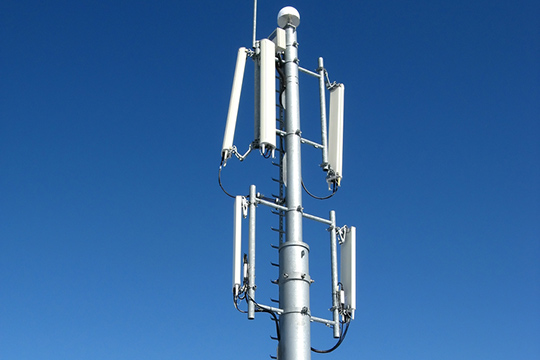TECHNOLOGY FOCUS
Radio Spectrum Management is of ever increasing importance for Telecommunications Companies, Public Authorities as well as for Defense Forces.
It is necessary for the planning, implementation and operation phases of various types of technologies: point-to-point/multipoint links, broadband wireless access, cellular systems, radar, navigation systems as well as television and sound broadcasting networks, both analogue and digital.
The hierarchical process of military spectrum management has extensive needs for long-term strategic as well as short-term tactical frequency management.


COURSE CONTENT
This elearning course gives participants the knowledge of rules and regulations for the utilisation of the Radio Spectrum.
Methods for planning and coordination of point-to-point, point-to-multipoint and area covering radio networks to achieve performance targets and spectral efficiency are covered.
The following Services are covered (for details see Modules... below);
- Space services
- Mobile services
- Broadcasting services
- Radionavigation, Radiolocation, Science services
- Non-licensed services, other issues
When the Radio Spectrum Management course is conducted as classroom training the WRAP software for spectrum management and radio network planning is installed on the student computers and practical exercises are performed. The software is available for E-learning students also although the E-learning course does not make use of do-it-yourself exercises. Computer requirements are PC, Windows Vista, 7 SP1, 8 and 10.
WHO SHOULD ATTEND

Space Services
- Space Services
- Earth Space Propagation
- Propagation Factors Interfering Paths
- Link Budget
- Geostationary Satellites GEO
- Nongeostationary Satellites and Orbits
- Designation of Frequency Bands
- Coordination Cases
- Provisions in ITU radio Regulations
- Earth Station Coordination RR, appendix 7
- Examples of Earth Station Coordination RR
- Satellite Network Coordination RR, appendix 8
- Example of Satellite Network Coordination RR
- Coordination Arc Approach (CAA)
- Worst Case vs Probable Case
- Appendices 30, 30A, 30B
- ITU Data and Software
- ITU Recommendations
Mobile Services
- Mobile Services
- Mobile Satellite Services
- Land Mobile Coverage Definitions
- Standard Deviations and jakes Method
- Fading Margins
- Population Coverage
- Frequency Assignment
- Assignment Margin
- Links and Area Coverage
- Automatic and Manual Assignment
- Network and Polarisation Assignment
- Frequency Allotment
- ITU Recommendations
Broadcasting Services
- Broadcasting Services
- Broadcasting Plans
- Broadcasting Allocations
- LF, MF, HF Sound Broadcasting
- LF, MF Broadcasting Plans
- Broadcasting Planning and Coordination
- General Coordination threshold FM TV
- T-DAB and DVB-T
- Coordination with aeronautical Services
- Methods for Combability Analysis
- ILS Localizer Designated Operational Coverage
- VOR Test Points inside DOC
- Implementation in WRAP
- Basic Concepts Broadcast Interference
- Settings software
- Interference Evaluation FM Sound analogue??
- Protection Ratios
- Interference Evaluation T-DAB DRM digital TV
- Systems Types
- Test Points
- Statistical Considerations
- Test Points
- Interference result
- Applicable ITU Recommendations
- Minimum Usable Field Strength
- Single Frequency Networks
- Broadcasting Services
Radio Navigation
- Radiodetermination
- Radio Navigation
- Aeronautical radio Navigation Aids
- ITU Rec F 1190
- Measures to reduce interference
- Radar coverage and Radar bands
- Science radio Services
- ITU-recommendations
Other issues in Spectrum Management
- Other issues intro
- Non-licensed services
- ISM bands
- Radio Regulations notes
- Radiation limits ISM bands
- Spectrum efficiency
- Notes and observations
- Spectrum Pricing and Licensing
- How to share and allot spectrum to users
- Wideband systems – short intro
- Frequency hopping spread spectrum
- Direct sequence spread spectrum
- Ultra-wideband
- Spectrum sharing narrow band and wideband system
- Recommendations

